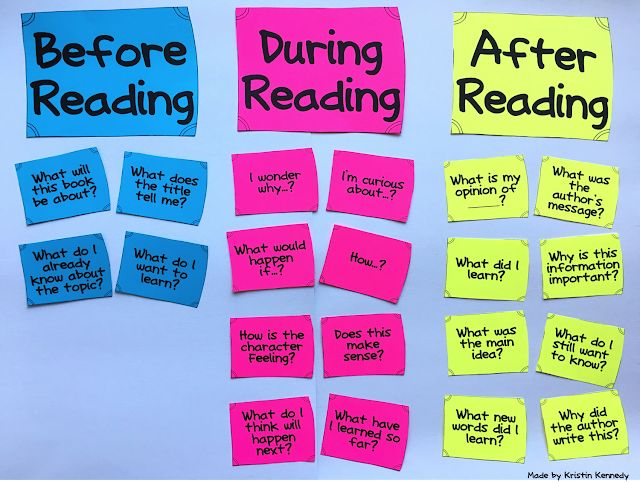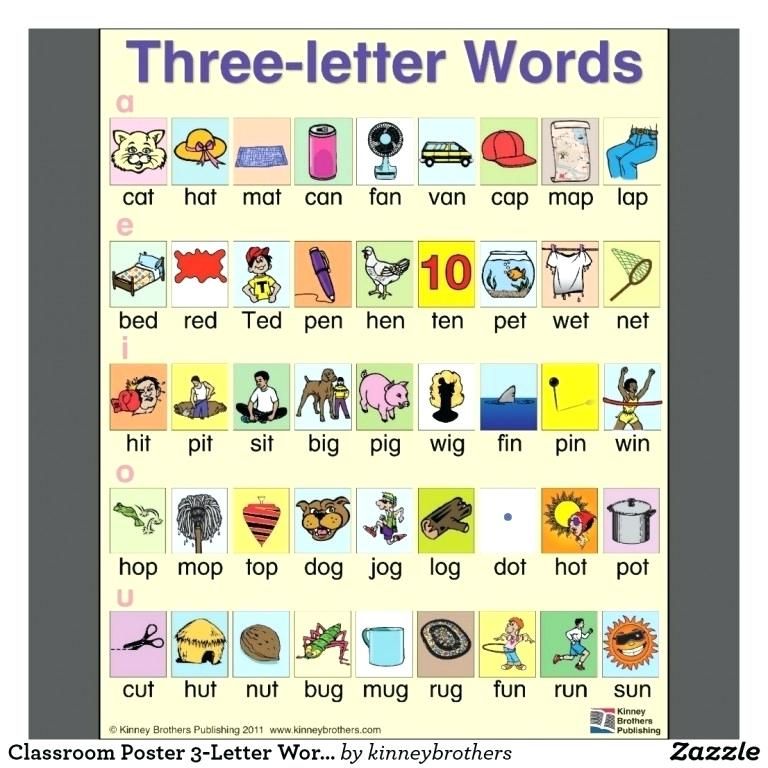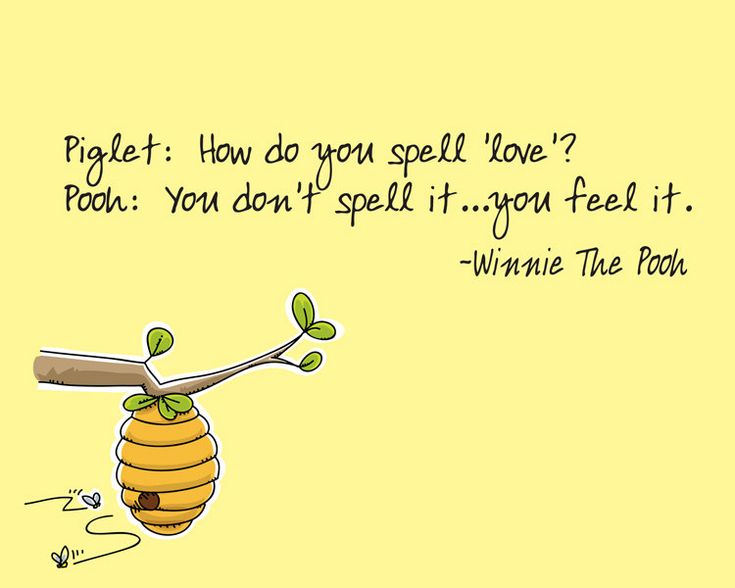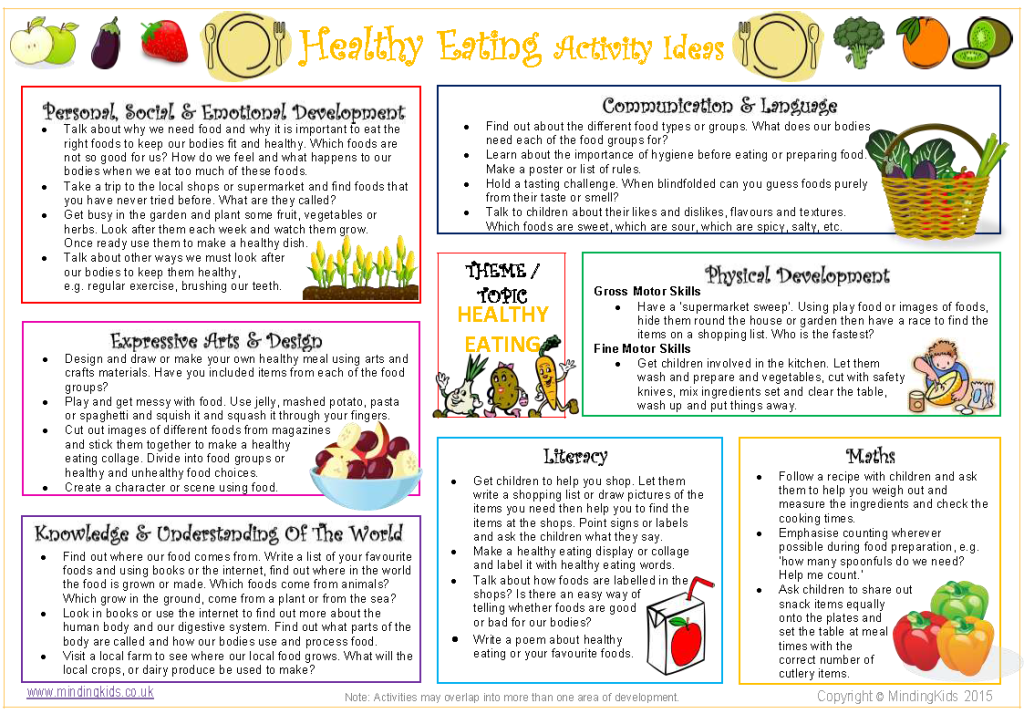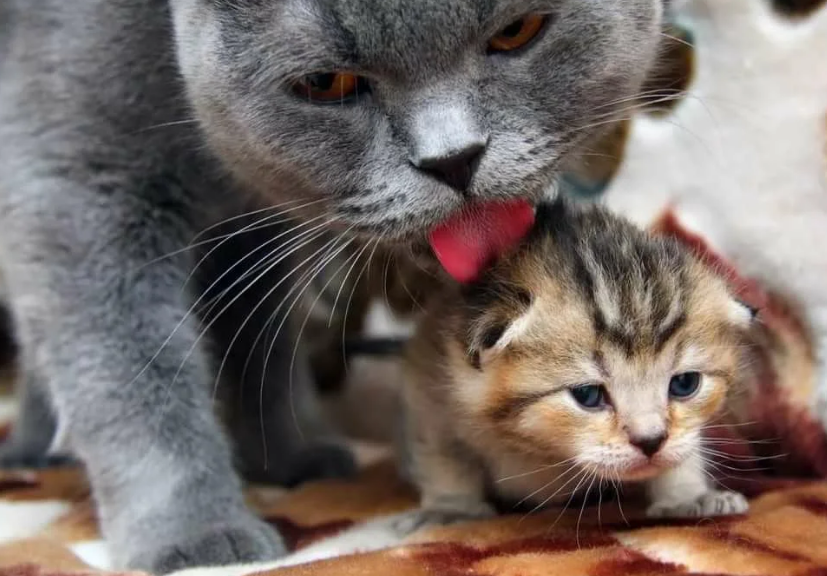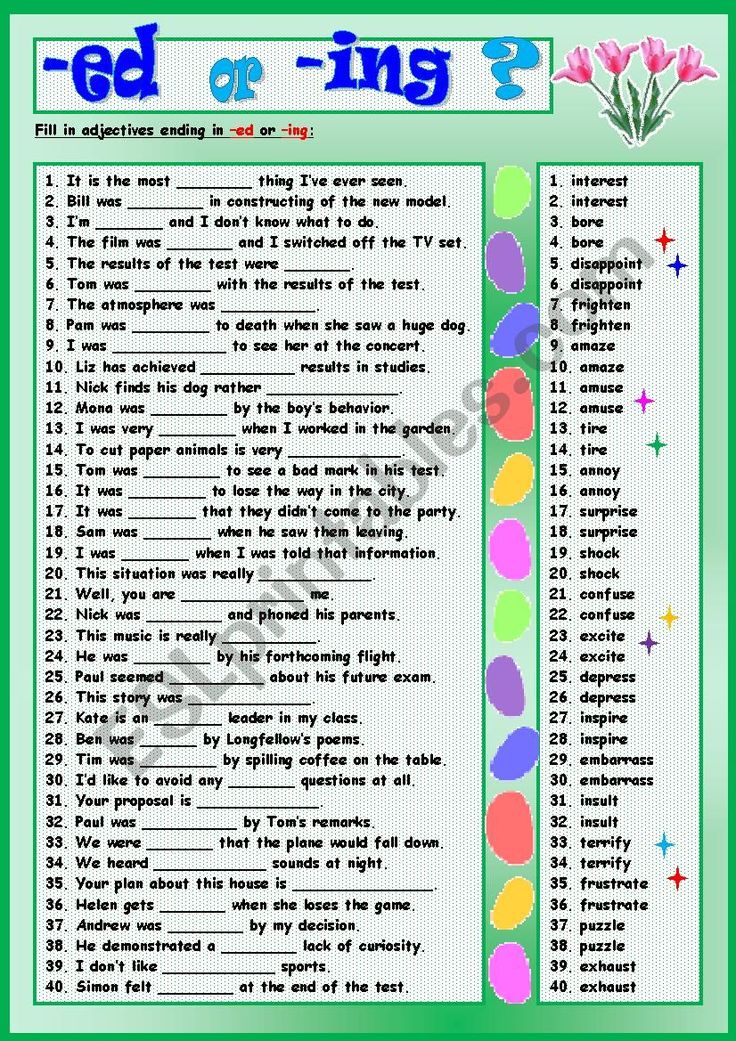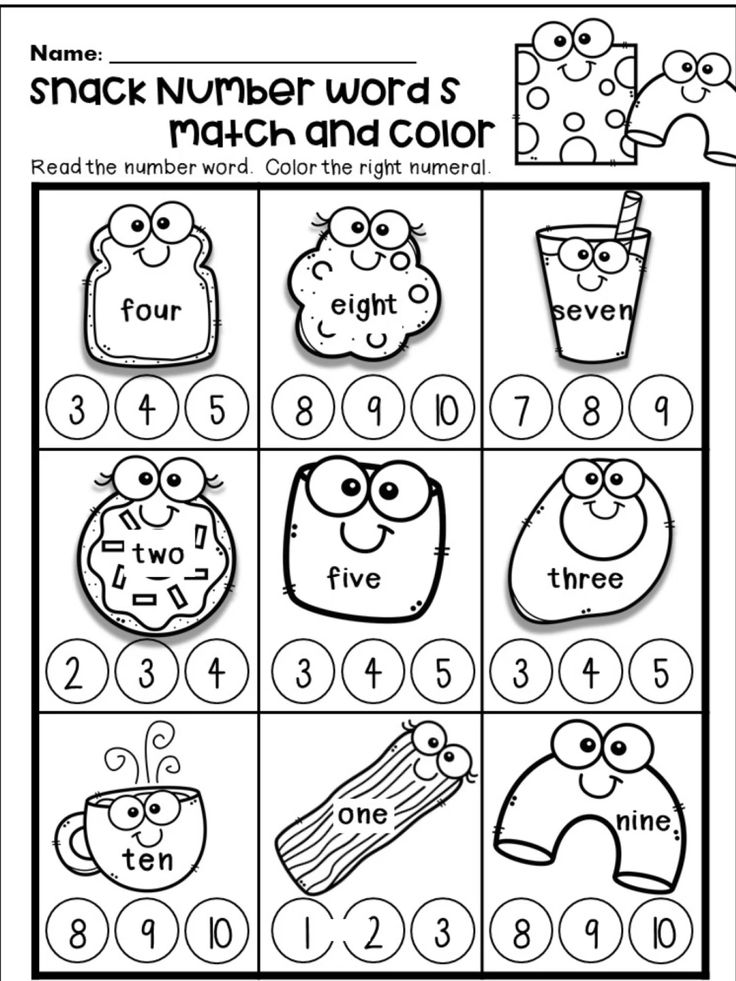Pre reading strategy
Pre-Reading Strategies To Boost Kids’ Reading Comprehension
What Are Pre-Reading Strategies?
Pre-reading strategies are learning approaches designed to help give your child structure, guidance, and background knowledge before they begin exploring a new text.
These strategies target your child’s reading comprehension skills by giving them the tools they need to become active, successful readers.
By activating the knowledge your child already has about certain subjects, learning how to utilize context clues, and talking with you about the book, they’ll be on their way to reading and writing scholarly essays in no time!
Basic Pre-Reading Strategies
As the name suggests, pre-reading strategies are used before you begin reading a book with your child. There are a few main strategies you can use to help your child prepare to dive into any story. Let’s take a look!
Previewing
By this, we don’t mean Googling the movie-adaptation trailer (although that might be a fun way to compare and contrast the text later on!).
Previewing means letting your child gather clues — from the book’s title and cover illustrations, inside illustrations, and maybe the table of contents for older children — to try to figure out what might happen or what they might learn in a book they are about to hear or read.
Purpose
If you have time, it’s always great to put aside a moment for mindfulness before reading with your child. Talk with them about what reading goals they still want to achieve.
Do they still need help with longer words (pronunciation)? Do they want to work on their character voices (expression)? Getting their input will help you both come together to set a goal — or purpose — for your reading time.
Predictions
Using the resources available to your child, see if they can make predictions about what might happen in the story before they get a chance to read anything.
What information can they gather just using the title, cover, and illustrations? Then you both might continue predicting as the story unfolds.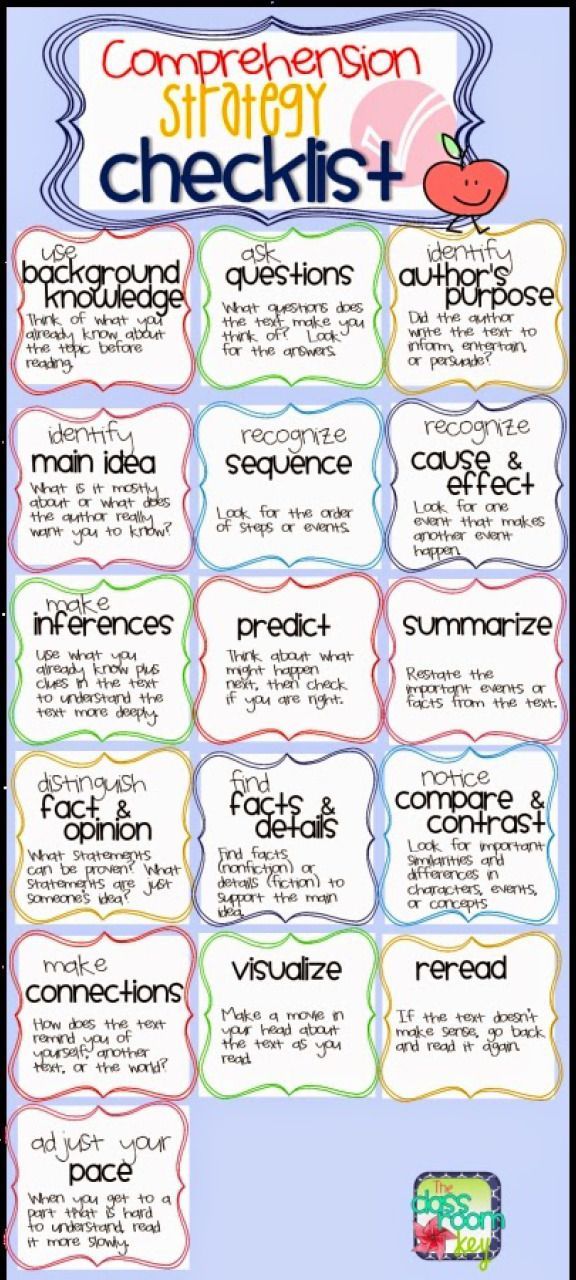
8 Pre-Reading Activities To Try At Home
1) Speaking In Questions
This is a fun activity that helps your child become more insightful about the text they’re reading while letting them be silly, too! The goal here is for your child to investigate the things they want to know, might know, or aren’t sure about just by looking at the cover of the text.
We know you probably use the question-and-answer format quite a bit in your reading routine, so this offers your child a nice change of pace. Instead of you asking the questions, they get to ask, too!
These questions can be silly or straightforward. For example, if you’re reading Goldilocks and The Three Bears, you could start the question conversation by asking your child, “Why do you think her name is Goldilocks?”
Your child might ask back, “Why do these bears live in a house?” See how many questions you can come up with.
It’s OK if these questions are not answered right away. Most of them will probably be answered once you’ve finished reading the book! Any that go unaddressed can always be answered afterward.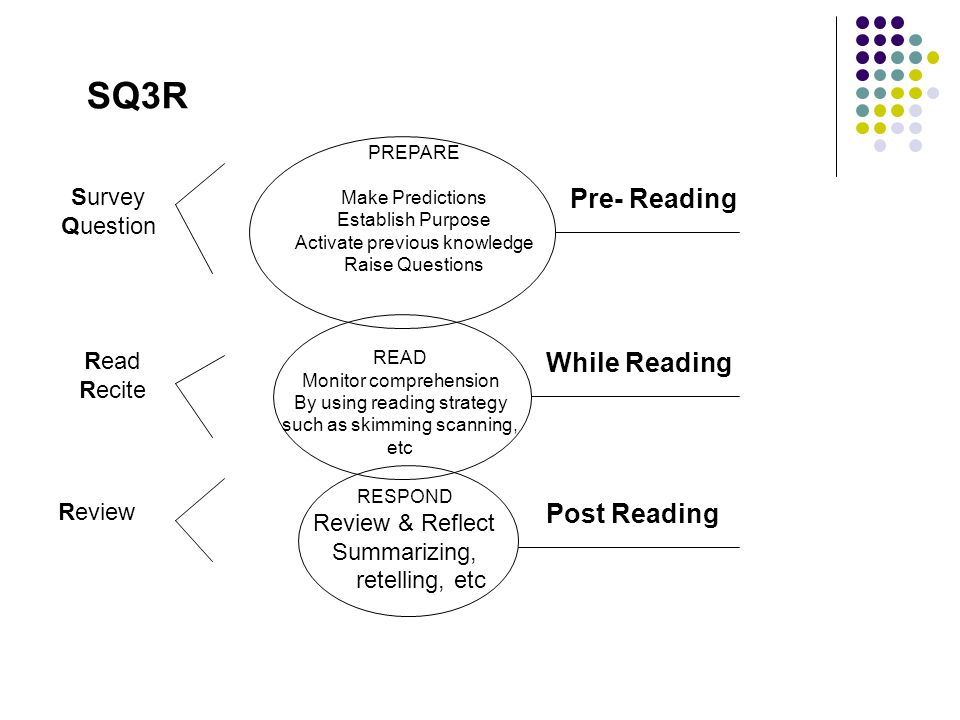
2) K-W-L-H Chart
This pre-reading activity was invented and made famous by Donna Ogle back in the 1980s. The different letters in K-W-H-L charts represent different tasks for your child to complete with you.
The “K” column is reserved for things your child already knows about the subject of a book or its story. The key here is activating and then reflecting on their prior knowledge. For example, if they’re reading Charlotte’s Web, what do they already know about pigs and spiders?
The “W” category is for what your child wants to know about the story. What are they curious about?
The “L” (what they learned from the story) and “H” columns (how they can find out more ) are reserved for discussing after you’ve finished reading.
The last row, how they can find out more, is more important in nonfiction than fiction — although after reading
Charlotte’s Web, you could find out more about spiders by seeking out a nonfiction book.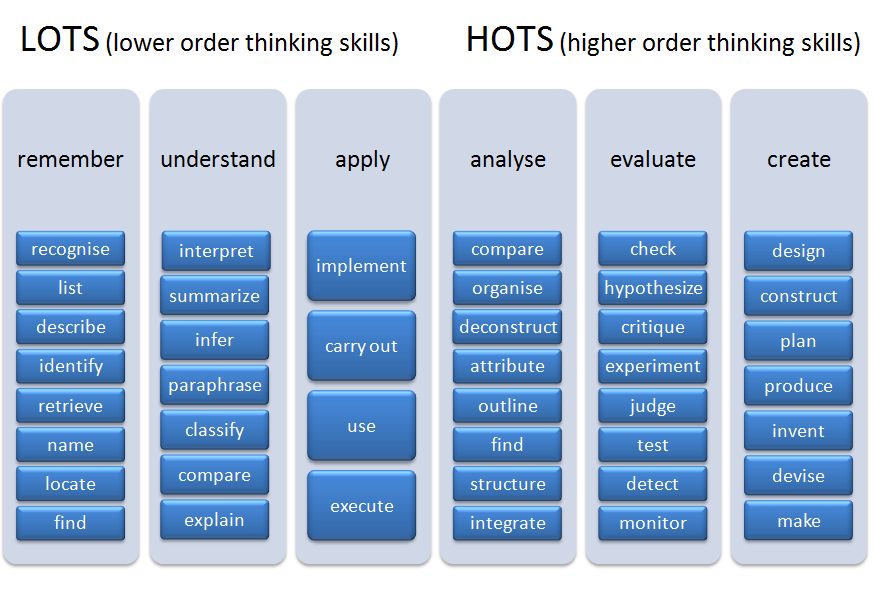
While this exercise is traditionally completed by writing their answers down on a chart, we think it’s more fun to get physical with it!
For example, you could make a book review video to share with family members! First, challenge yourselves to come up with at least six Ks and 6 Ws, three from each of you.
Next, make a video that begins by naming the book you are reading, followed by announcing the things you know and the things you want to know. When you are finished with the book, video what you learned and where you can go to learn more.
You can even create a special book-video library of your KWLH experiences!
3) Pre-Teach Vocabulary
If you know that the book you’ll be reading together will challenge your child’s current reading skills, consider teaching them a handful of the more challenging words ahead of your reading time.
We love a good old-fashioned game of (reverse) Charades for this pre-reading activity. To start, you might write out the word you want your child to learn on a large sheet of paper.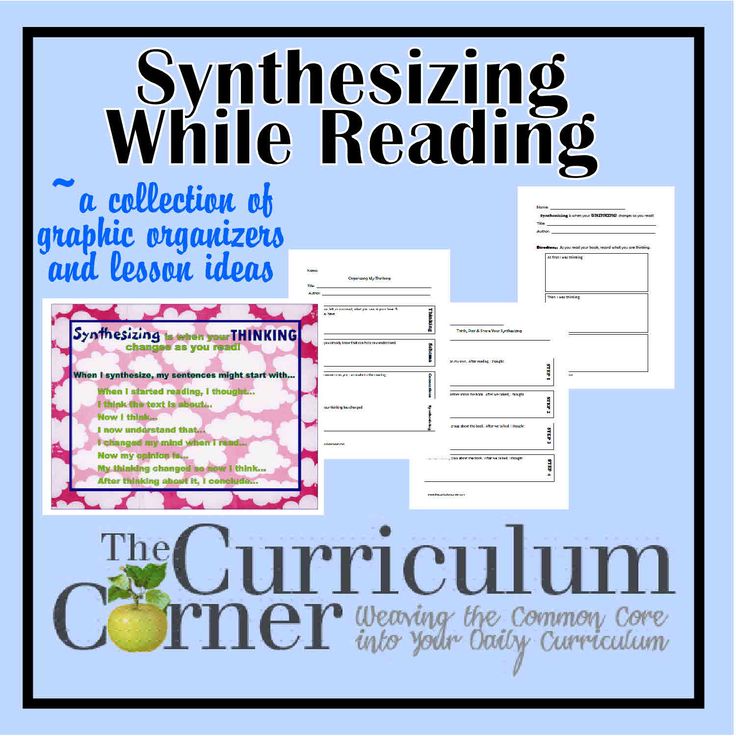 Make sure to use bold, thick letters!
Make sure to use bold, thick letters!
Then, try and act out the definition of the word for your child. Based on your impeccable acting skills, they can guess the definition of this new word!
4) Pre-Teach Themes
Many children’s books set out to teach children more than new words. They usually have moral lessons embedded in their pages as well.
For example, themes might include things like the power of friendship in Charlotte’s Web or courage in a book about Martin Luther King, Jr.
To get your child’s mind focused on the theme of the book, you could prompt them by discussing the same moral lesson. See what their initial opinion is about it. Do they have a strong sense of it already, or do they want to learn more?
Reading the book can either confirm or change their opinion. And then you have something to talk about when you’re finished reading!
5) Word Bingo
This game is another great option for getting your child’s mind prepped to learn vocabulary or to brush up on sight words they need a little extra help with.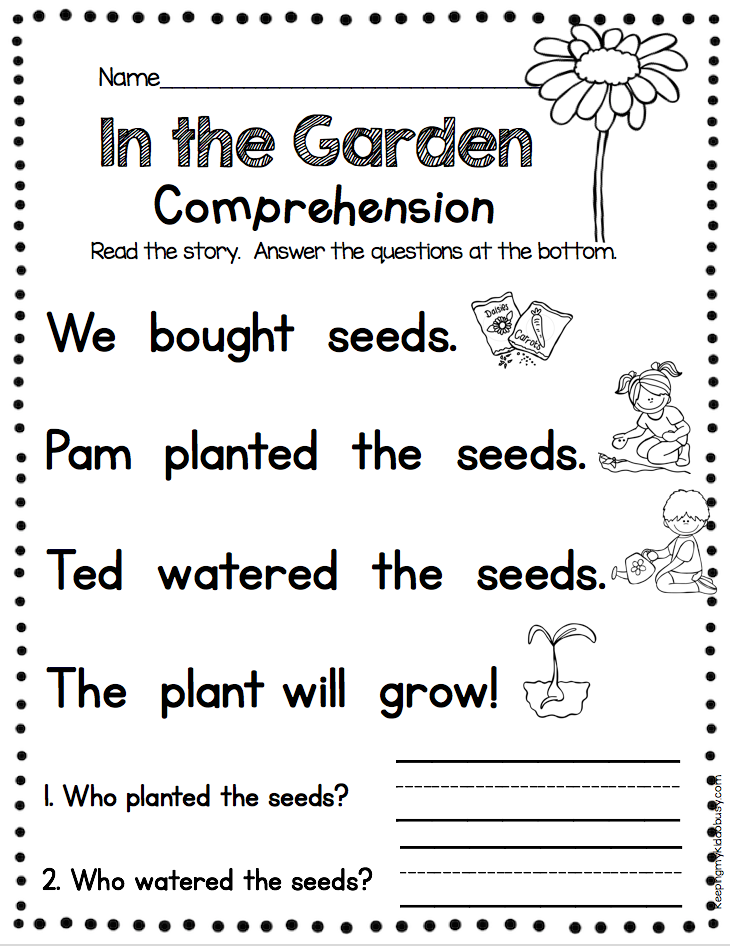
If you’d like to try this pre-reading activity, create a Bingo sheet for each of you using words from the text before your reading time. Every time you or your child hears or sees a word that matches one on your sheet, place a sticker on it.
The first one to yell out, “Bingo!” wins.
6) Sentence Obstacle Course
This pre-reading activity is great for encouraging your child’s comprehension and sentence formulation. The stronger grasp they have on learning how to construct words into sentences, the faster they’ll adjust to the flow and structure of stories.
For this exercise, we suggest writing down several words on individual sheets of paper. Make sure you include all the components of a typical sentence — nouns, adjectives, objects, and verbs. Only include one word per piece of paper.
Next, scatter the words on the ground. We suggest adopting the “the floor is lava” rule! Your child will need to hop to different words to combine them into a sentence.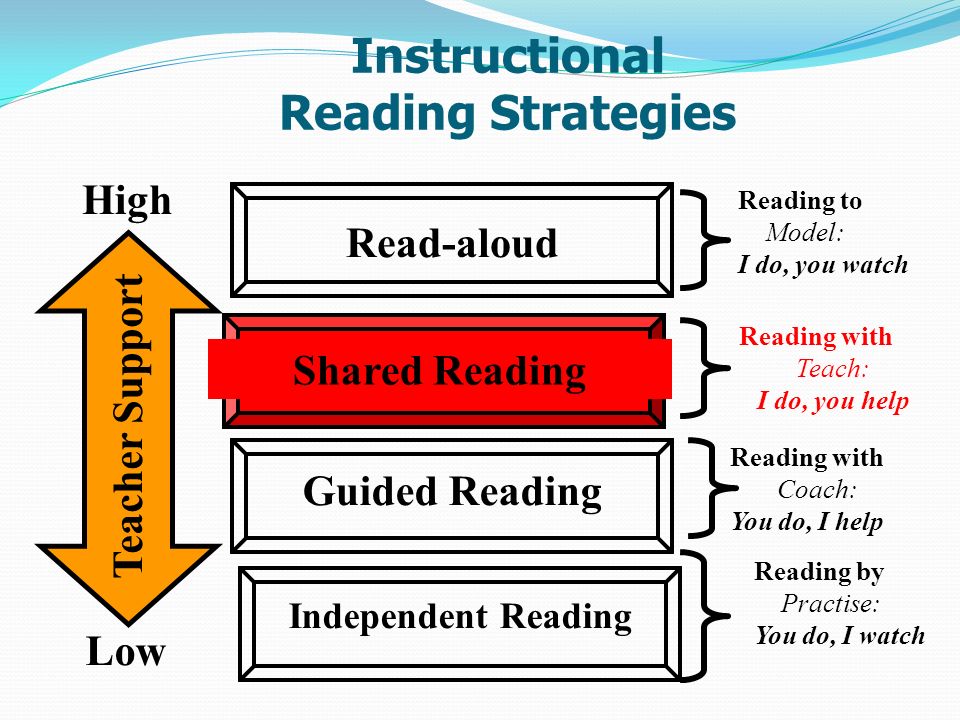
For example, they could “write”: The (jump) cat (jump) is (jump) red. If you want them to work on their punctuation, you could include that, too!
7) Anticipation Vs. Reality
This method will help take some of those preliminary questions you and your child came up with and figure out what happens in the end!
For this game, you can play while reading or beforehand. If you want to make guesses about what will happen in the story before reading, make sure you jot them down on a piece of paper to keep track of who made the most correct guesses.
If you want to play during the story, you can ask questions to prompt your child before turning to a new page. For every correct guess they make about what happens next in the story, they earn a tally point.
The goal is for your child to get as many points as they can!
8) Origin Story
For children who seem to show an interest in history, this might be the perfect pre-reading activity.
There are so many things you can learn from books just from discovering a little bit about their backgrounds.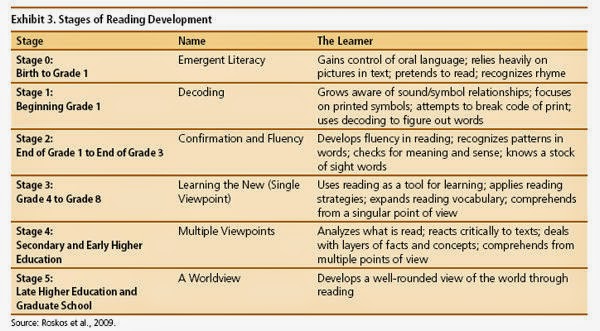 For example, tons of writers pull from their real lives for inspiration to write their books.
For example, tons of writers pull from their real lives for inspiration to write their books.
Finding out about an author’s life in the author’s blurb and maybe even searching out more information either before or after reading can be a learning adventure all on its own!
To do this activity, work with your child to see what you can find out about the story you’ll be reading (without spoiling the ending!). What you can learn based on the author, where they are from, where the story is based, its historical period, and its subject matter?
This helps your child build additional knowledge and gets them prepared for the story ahead!
Pre-Reading Strategies For The Win
Pre-reading strategies are all about getting your child prepared for the reading journeys to come. We hope these eight ideas will help you both have interesting, exciting conversations about books and where they can take you!
And if you ever need a little helping hand in the meantime, check out our personalized Learn & Grow App for reading exercises and adventures that will keep your child entertained, energized, and learning!
Author
Pre-Reading Activities for ELLs | Colorín Colorado
Reading 101: A Bilingual Guide for Families
Learn why pre-reading can help English language learners (ELLs) with their comprehension, as well as some pre-reading strategies to use with students!
On this page
- Pre-reading strategies to increase comprehension
- Build text-specific knowledge
- Pre-teach vocabulary
- Pre-teach concepts
- Video: Story set-up with pre-reading strategies for comprehension
English language learners (ELLs) have great difficulty jumping into new texts without any background support.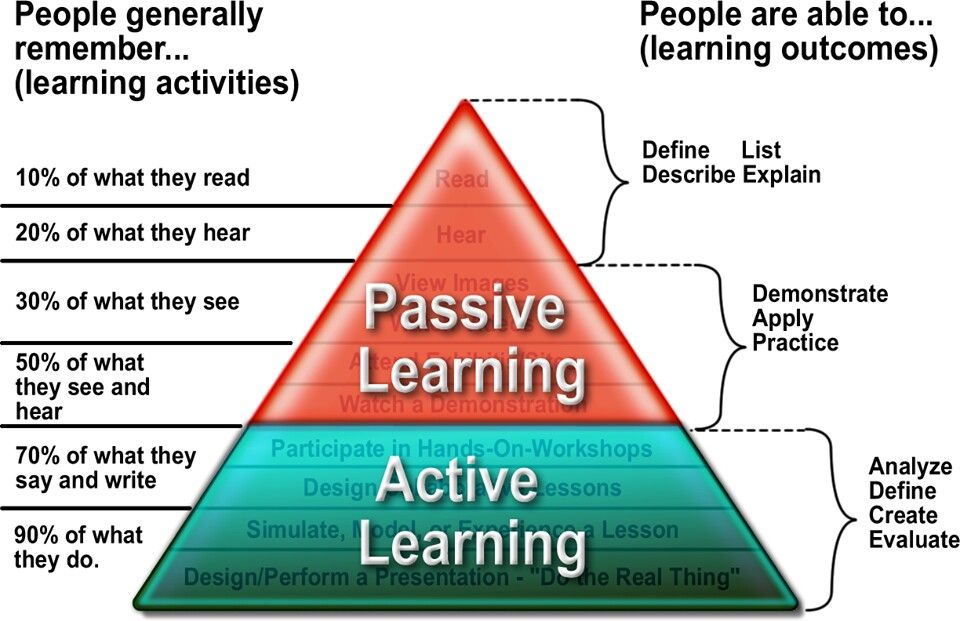 Students should know at least something about the topic before reading. Some topics may be unfamiliar to students, such as recreational activities at the beach if students have never been to the beach before. Pictures, drawings, or short skits can help develop relevant background information.
Students should know at least something about the topic before reading. Some topics may be unfamiliar to students, such as recreational activities at the beach if students have never been to the beach before. Pictures, drawings, or short skits can help develop relevant background information.
Students need to know at least 90% to 95% of the words they read if they are going to comprehend the text. Therefore, it is important to use several strategies to build background knowledge that leads to better reading comprehension and overall achievement for ELLs. It doesn't hurt to review many words we often take for granted — not only for the benefit of ELLs, but also for students who may not come to school with a rich vocabulary background or exposure to certain experiences.
Pre-reading strategies to increase comprehension
Before reading a selection aloud or before students read a text, try taking seven to ten minutes to build word and background knowledge. This should increase all students' comprehension of the text.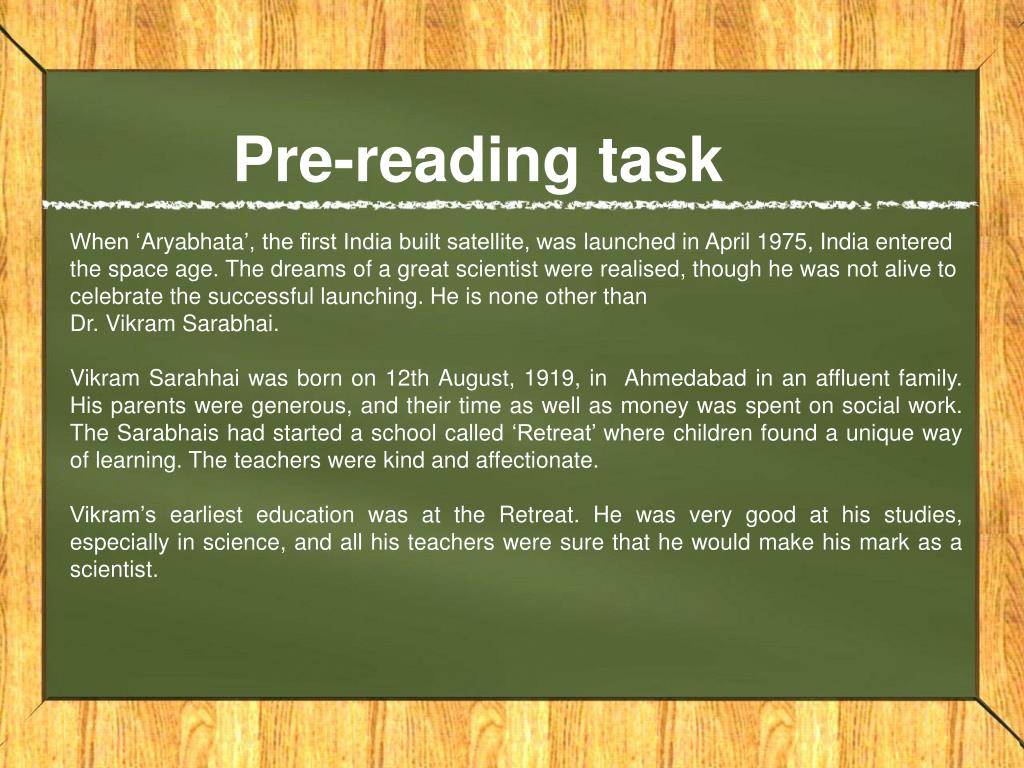
Begin by reviewing the selection and identifying the main concepts you want to teach. Take into account your students' potential knowledge of these concepts, including your ELLs. Decide how you might best make these concepts relevant and accessible to all of your students. This might be through a film, discussion, student reading assignment, or a text read by you. Try using a combination of three or four of the following strategies:
Do motivating activities You can use any activity that interests students in the text and motivates them to read it. For example, you can bring a real frog to class before reading a frog story.
Build text-specific knowledge
Activate students' prior knowledge of a topic so that they can consciously use it as they read their text. For example, before reading a text with a jungle as the setting, ask students what they already know about jungles and discuss.
Relate to students' lives This is a powerful way to motivate students to read and to help them understand what they will be reading.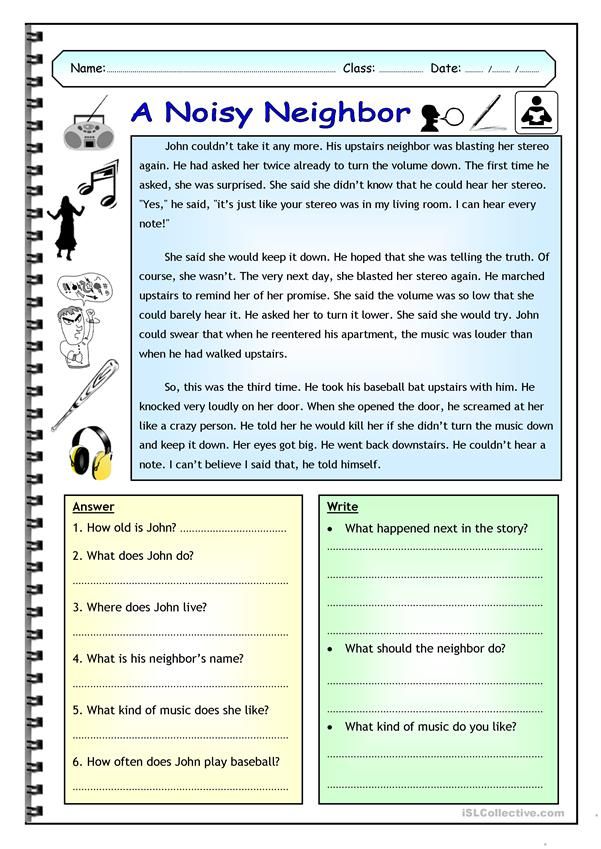 Before reading a story about winning and losing a race, for example, you might want to have your students reflect on the times they have won or lost a race or a contest.
Before reading a story about winning and losing a race, for example, you might want to have your students reflect on the times they have won or lost a race or a contest.
Pre-teach vocabulary
In addition to pre-teaching traditional vocabulary words, include words that convey concepts that ELLs already know. For example, students may know the concept of finding something, but do not know the word find or finding. Write these words on the board and review with the class.
Pre-teach concepts
There are times when not only ELLs but all students need to learn new and possibly difficult ideas or concepts. For example, the concepts of democracy or envy may be difficult for all young children to understand at first. Give examples that your students can relate to.
Predicting and direction setting You can focus students' attention on what is important to look for as they read their text. Making predictions about what might happen in the book gives students a purpose for reading.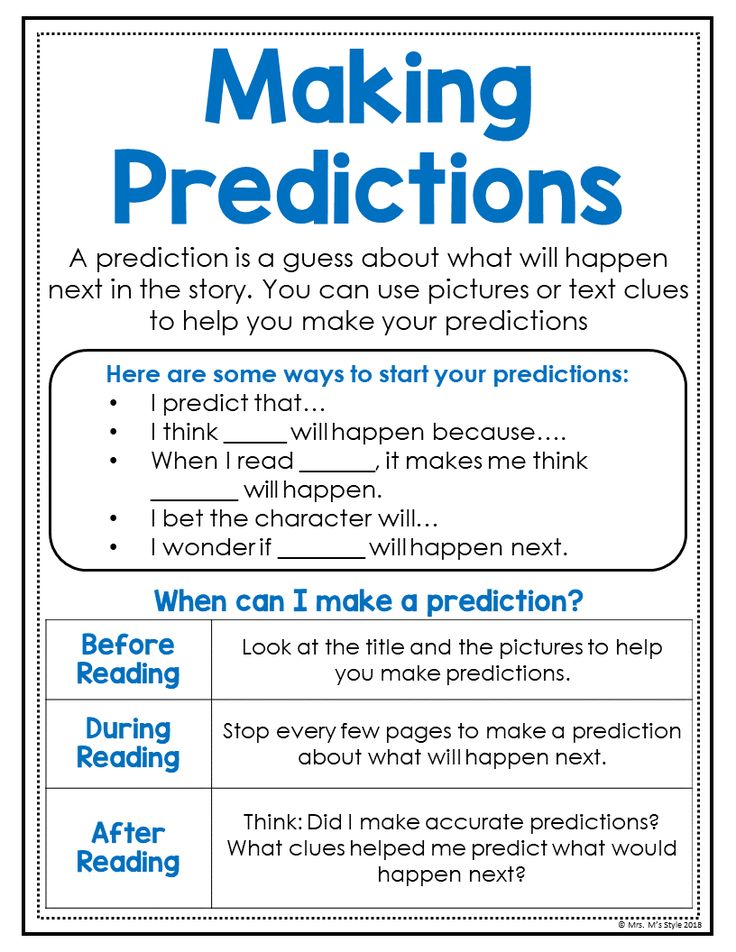 Setting a direction means using questions that peak students' interest. It also means focusing students on the purpose for the reading. For example, "Today we are going to read about differences in climates and regions. Let's read first about the climate in our community."
Setting a direction means using questions that peak students' interest. It also means focusing students on the purpose for the reading. For example, "Today we are going to read about differences in climates and regions. Let's read first about the climate in our community."
Suggest comprehension strategies before reading the text, make students aware of what they should be looking for. If you want them to identify cause and effect, point out several examples of this beforehand.
Video: Story set-up with pre-reading strategies for comprehension
Reprints
You are welcome to print copies or republish materials for non-commercial use as long as credit is given to Colorín Colorado and the author(s).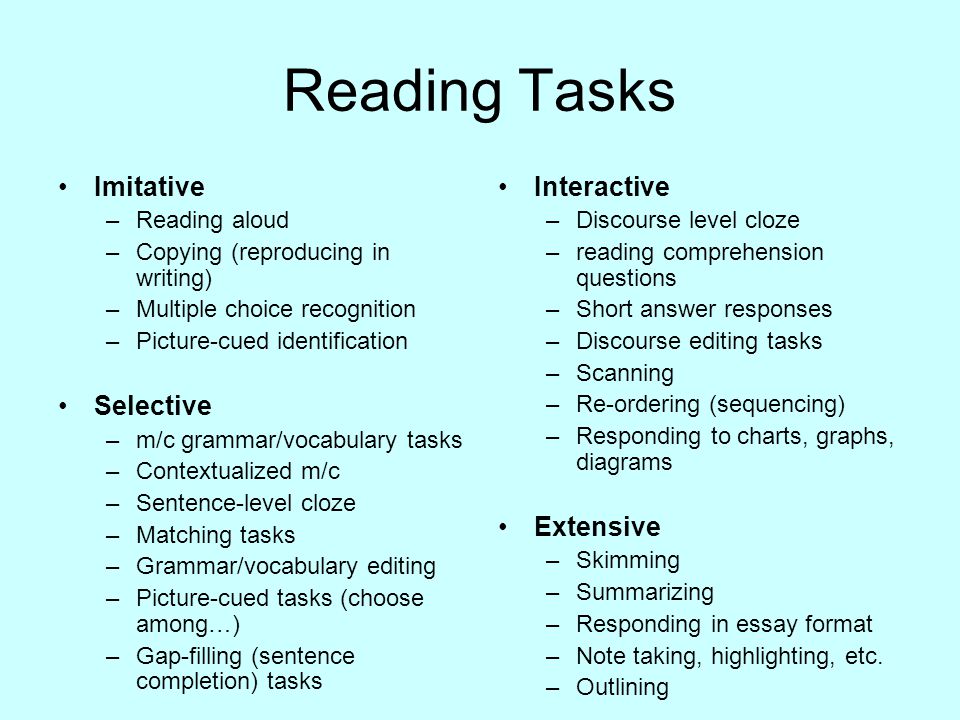 For commercial use, please contact [email protected].
For commercial use, please contact [email protected].
Major support provided by our founding partner, the American Federation of Teachers, AFL-CIO.
With generous support provided by the National Education Association.
ADVERTISEMENT
Most Popular
10 Strategies for Building Relationships with ELLs
Culturally Responsive Instruction for Holiday and Religious Celebrations
Language Objectives: The Key to Effective Content Area Instruction for English Learners
Supporting ELLs in the Mainstream Classroom: 12 Strategies for Language Instruction
Tweets by @ColorinColorado
Pre-reading strategies (meaning, basic strategies, home strategies)
Learning is of paramount importance for everyone; as we grow daily, we must learn, unlearn, and relearn through reading preparation strategies.
Not only to add it to our vocabulary, but also to use it in our daily activities.
The preliminary stage of learning is infancy.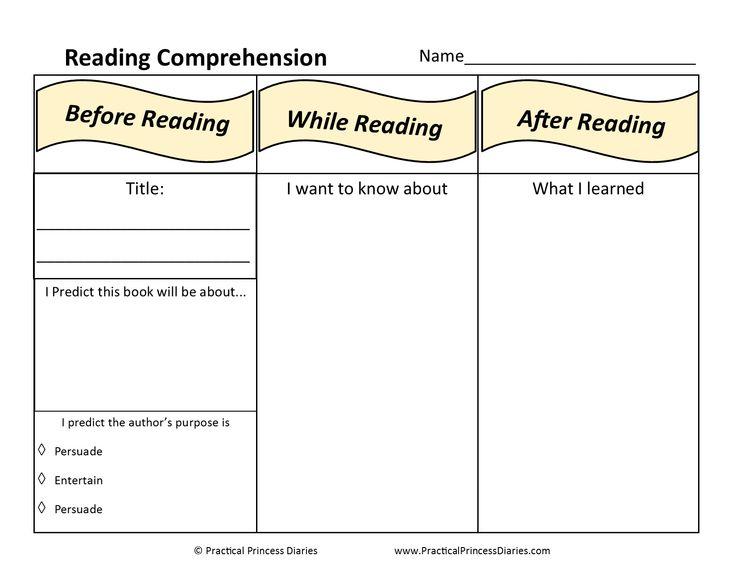 Children are meant for daily learning to build them up, hence the reason for pre-reading strategies.
Children are meant for daily learning to build them up, hence the reason for pre-reading strategies.
Contents
What are pre-reading strategies?
Reading preparation strategies are learning approaches or methods designed to help your child gain structure, guidance, balance, and background knowledge before they begin to learn a new text or solve a new problem.
These strategies aim to develop your child's reading and comprehension skills by giving them the tools they need to become an active and successful reader.
Reading and understanding at a tender age is something that young children find tiresome.
You rarely meet a child who is fond of reading.
By activating your child's already existing knowledge in certain subjects, learning to use contextual cues and talking to you about the book, they will soon become champions in reading and writing scientific essays.
Basic pre-reading strategies
Dad helps son with pre-reading strategies.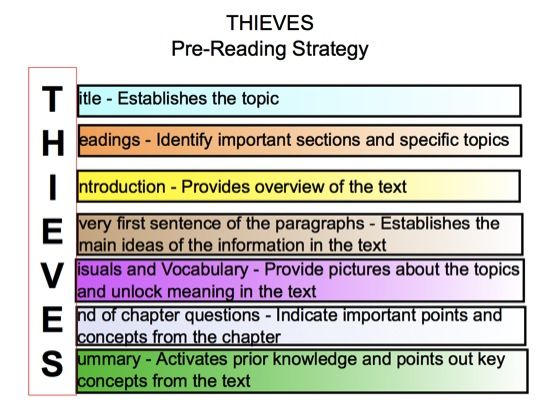 As the name suggests, reading preparation strategies are used first before you start reading a book with your child.
As the name suggests, reading preparation strategies are used first before you start reading a book with your child.
There are a few basic strategies you can use to help your child prepare to dive into any story or understanding.
Preview:
Preview means giving your child the opportunity to gather clues, reviews, etc. from the book title and cover illustrations, internal illustrations, and possibly the table of contents, so that older children can try to understand what might happen or what they might learn from the book they are about to read. hear or read before actually getting the real thing.
Target:
If you have time, it's always a good idea to take a moment to pay attention before reading with your child. This is one of the most important basic strategies before reading.
Talk to them about what reading goals they want to achieve after reading the book you bought for them.
Do they still need help with longer words or words with funny accent patterns (pronunciation)?
Do they want to work on their characters' voices or voiceover (expression)? Getting their information will help both of you come together to set a goal or goal for your reading together.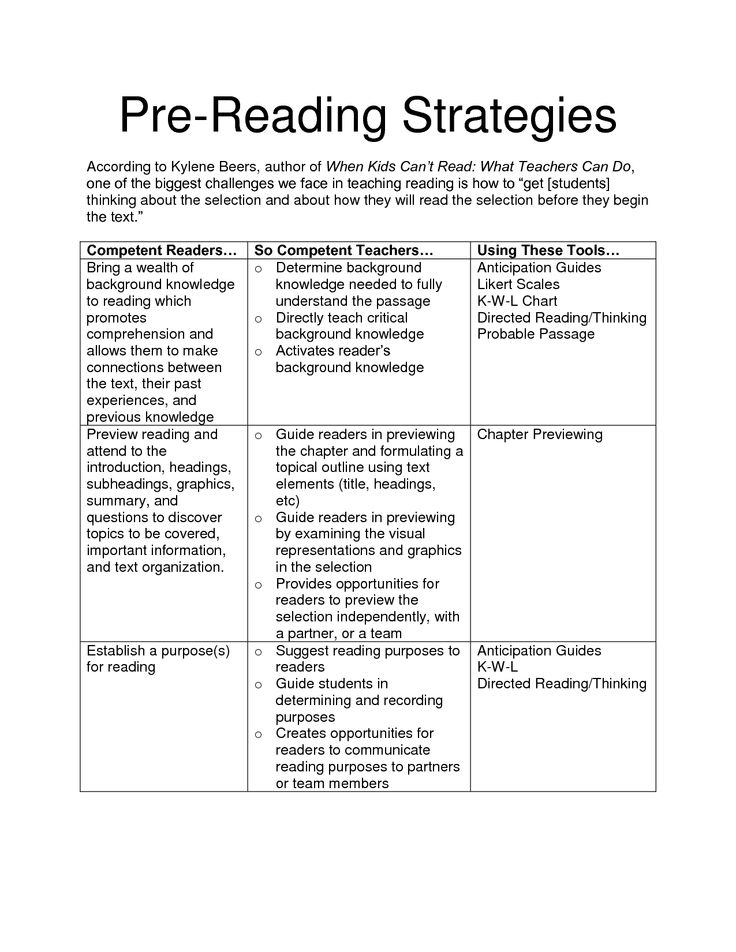
Predictions:
Using the resources available to your child, see if he can predict what might happen in a story before he has a chance to read anything, such as judging a book by its cover before he has read it. her.
What information can they gather just by using the title, cover and illustrations?
Read this: Underrated parts of school you should focus on
Pre-reading strategies to try at home:
1) Speaking in questions:
This is a fun activity that will help your child better understand the text he is reading by allowing him to make jokes about said text.
You probably use the questionnaire with your children at home, but the child should ask the question here. Your child has the right to ask any questions.
For example, if you are reading Goldilocks and The Three Bears, you can start a conversation with questions by asking the child, “Why is her name Goldilocks?” Your child may ask back, "Why are these bears in the house?"
See how many questions you can ask in these interactive segments. In most cases, there is a tendency for questions to remain unanswered until you have finished reading the text.
In most cases, there is a tendency for questions to remain unanswered until you have finished reading the text.
2) KWLH Graph:
This pre-reading exercise was invented and celebrated by Donna Ogle back in the 1980s.
This is one of the pre-reading strategies with different letters in the KWHL charts representing different tasks your child has to complete and compete.
The K column is reserved for what your child already knows about the subject of the story they have already read.
The key here is to activate and then reflect on your previous knowledge. For example, if they are reading Charlotte's Web, what do they already know about pigs according to the book?
The "W" category is for what your child wants to know about history. What they are curious about how to find out.
"L" (what we learned from the story) in the process of reading.
Columns "H" (how they can learn more) are reserved for discussion after you've finished reading the book.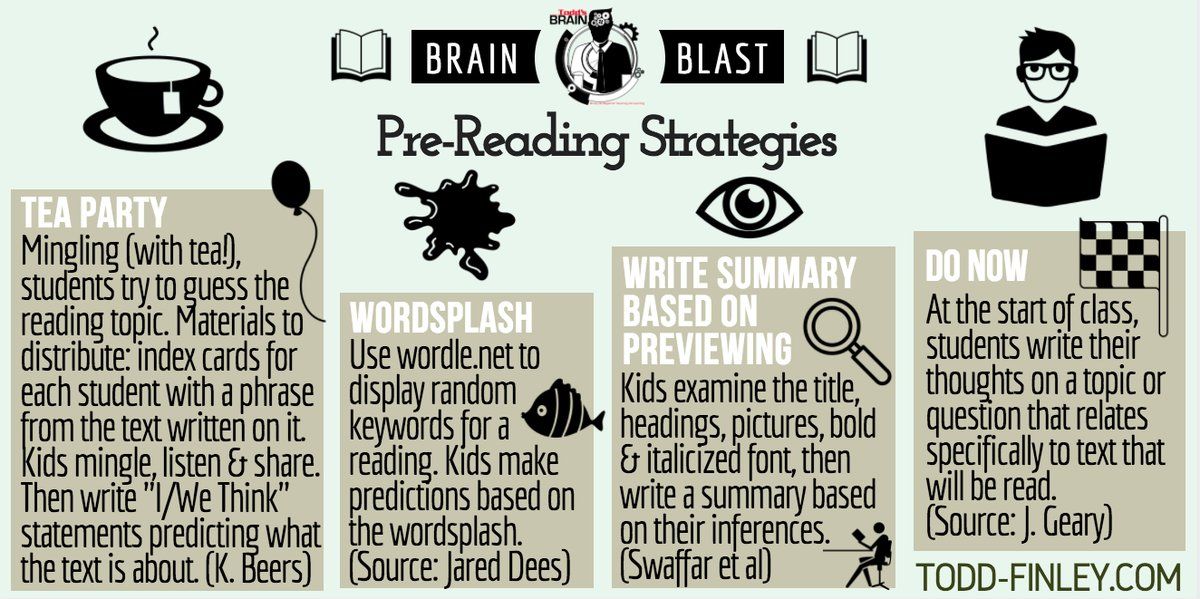
The last row, how they can learn more, is more important in scientific literature than in fiction. It is advisable to use popular science books for this purpose.
The pleasure of this exercise is to physically force the child to do it, and not to perceive it as a task.
3) Preliminary vocabulary:
If you know that the book you will be reading together will challenge your child's current reading skills, consider teaching them a few more difficult words before you start reading to ensure reading fluency.
4) Reading Preparation Strategies : Preliminary Topics
Many children's books are designed to teach children more than new words. They usually have moral lessons embedded in their pages to help with real moral teachings.
To focus the child's attention on the topic of the book, you can encourage him to discuss the same moral lesson contained in the book and link it to a real life scene.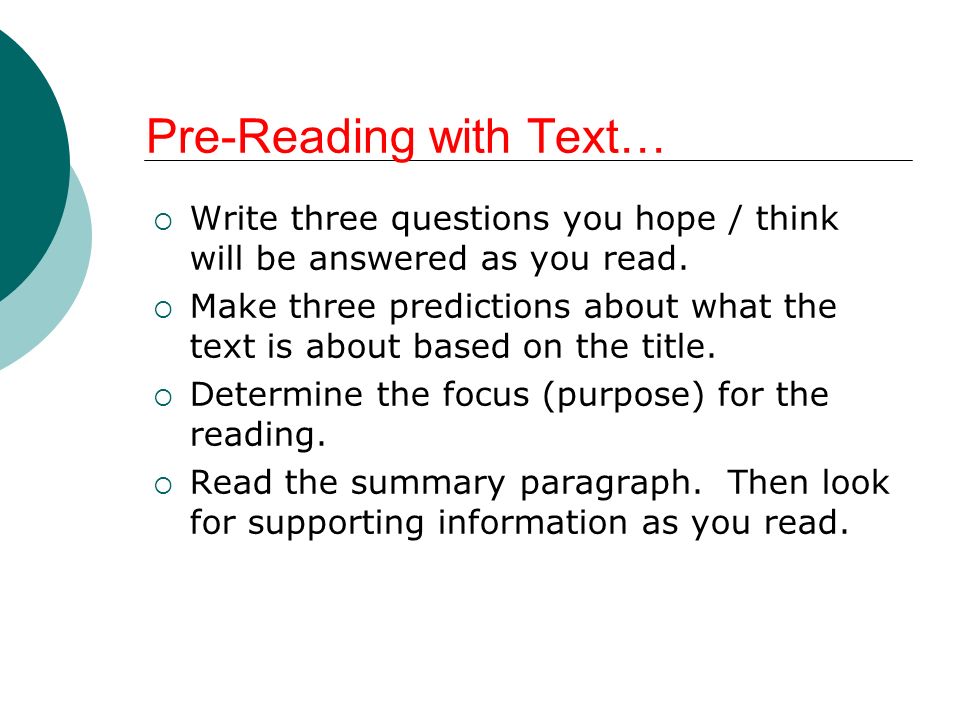
Look at their initial opinion, their interpretation, and see if they already have a clear idea about it, or if they want to know more?
Read this: How old are you in 10th grade (best answer)
5) Word Bingo:
This game is another great option for preparing your child's mind to learn vocabulary or brush up on words they need extra help trying to fix or get.
If you would like to try this exercise before reading, create a bingo sheet using words from the text before reading time.
Each time you or your child hears or sees a word that matches a word on your sheet, place an emoji on it. The first one to yell "Bingo!" wins instantly.
Conclusion:
It is essential that children go through the stages of preparation for reading in life before delving into life's quest. Parents are encouraged to send their children to tutors who can properly educate their children.
Awesome; I hope this article has answered your question.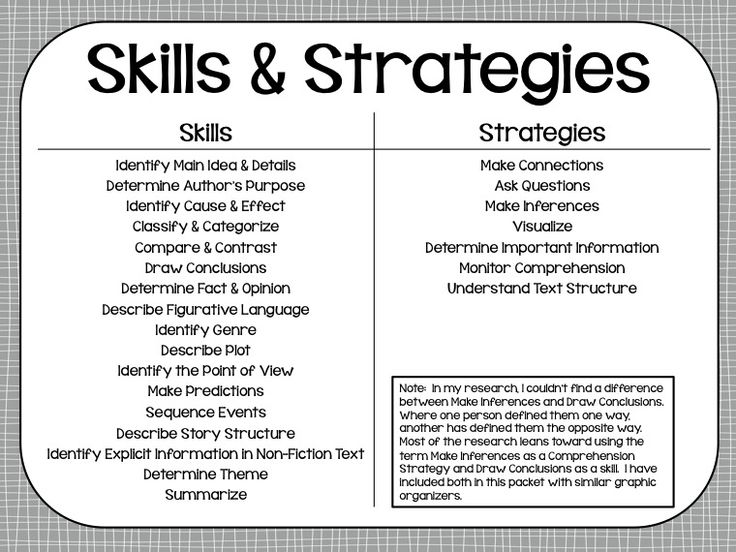
Share this information.
Editor's Recommendation:
- Top 5 Aesthetics Schools in Colorado (Cost, Duration, FAQ) 8 Min Read
- 5+ Best Schools of Aesthetics in Maryland (Cost, Cost, FAQ) 8 min read
- OFC Appointment for US Visa (Meaning, Questions, FAQ) 8 min read
- How to share YouTube TV with your family (tips, frequently asked questions) | 20237 min read
- Visit Abu Dhabi and spend time with your loved ones3 min read
- 5 Colleges of Mechanical Engineering in Texas (careers, FAQs) | 20239 min read
- Top 5 Welding Schools in Las Vegas (Career, Salary) | 20239 min read
- Top 5 Texas Fire Academies (Cost, Benefits, FAQs) | 20239 min read
- Doctor of Divinity vs. Doctor of Ministry (Diff & Simi FAQ) 8 min read
- 10+ Best Free Boarding Schools for Troubled Teens (FAQs) | 20237 min read
Effective strategies for working with text in the classroom at school
The ultimate goal of teaching Russian is practical literacy and language competence.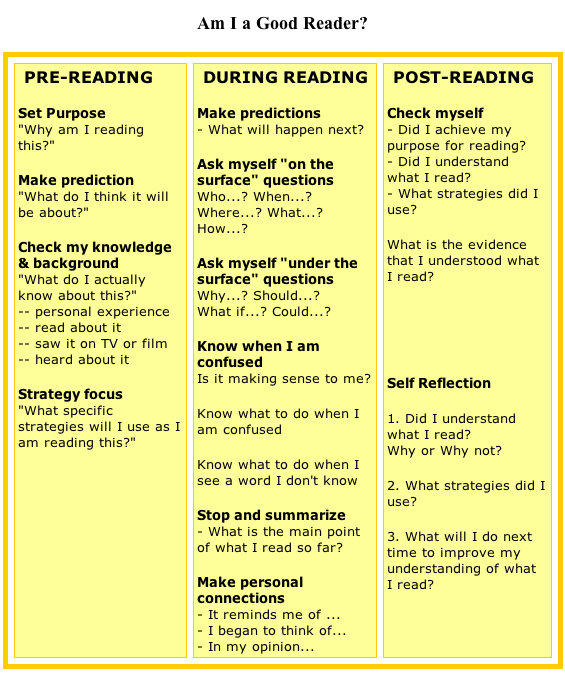 The basis of the content of literature as an academic subject is reading and textual study of works of art.
The basis of the content of literature as an academic subject is reading and textual study of works of art.
Work with the text as the main didactic unit makes it possible to combine the activities of schoolchildren in developing practical skills of literate writing and speech development.
Every teacher dreams that all students come to the lesson prepared: they have completely read this or that work or paragraph. And not just read, but understood the meaning of the text read. During the final certification, the graduate must also understand the meaning of the read text. Whether it is a task to the text or the text itself.
Teachers working in grades 9 and 11 know that most mistakes are made due to misunderstanding of what is read, as well as when reading the assignment itself.
Teaching a child to read “correctly”, “effectively”, “productively” is an important task for a teacher.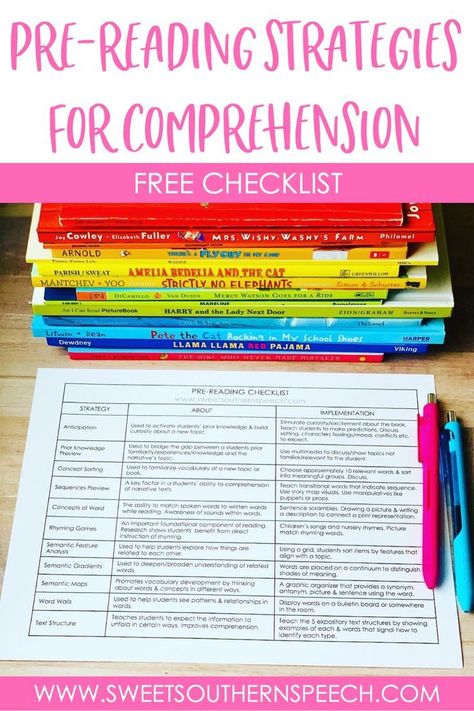 That is why the technology of productive reading (PRT), developed by Professor N. Svetlovskaya, acquires a leading role and contributes to the achievement of the results that are mentioned in the new standards.
That is why the technology of productive reading (PRT), developed by Professor N. Svetlovskaya, acquires a leading role and contributes to the achievement of the results that are mentioned in the new standards.
The technology is universal and can be used in lessons of any cycle.
It is aimed at the formation of all universal educational activities: cognitive, communicative, regulatory, personal.
The technology of productive reading differs sharply from the traditional technology of transferring ready-made knowledge to a student. The teacher organizes the children's research work in such a way that they themselves "think" about solving the key problem of the lesson and can themselves explain how to act in new conditions. The teacher becomes a partner, a mentor, an observer.
The developed technology includes three stages of working with text, a three-stage process.
The goal of is the development of anticipation (the ability to guess, predict the content of the text). Task - to develop motivation for reading the text
Task - to develop motivation for reading the text
1. Strategy "Forecast by headline".
Task: think about what could be discussed in the story of K.G. Paustovsky "Warm bread", in the work of P.P. Bazhov "Mistress of the Copper Mountain", etc.
– Try to predict the content by the first line of the story…Remember the name of the story….Does the content of the story match the title?
Give examples of such discrepancies.
Associative bush (circle, row). Today we will read and discuss the topic… What associations do you have about the stated topic?
2. Strategy "Brainstorm" ("Basket of ideas").
Task: answer the questions before reading the text (fairy tales "Warm Bread") - What do you know about K. G. Paustovsky? What do you think the story will be about? Who can be the main character? What event in the story can be described.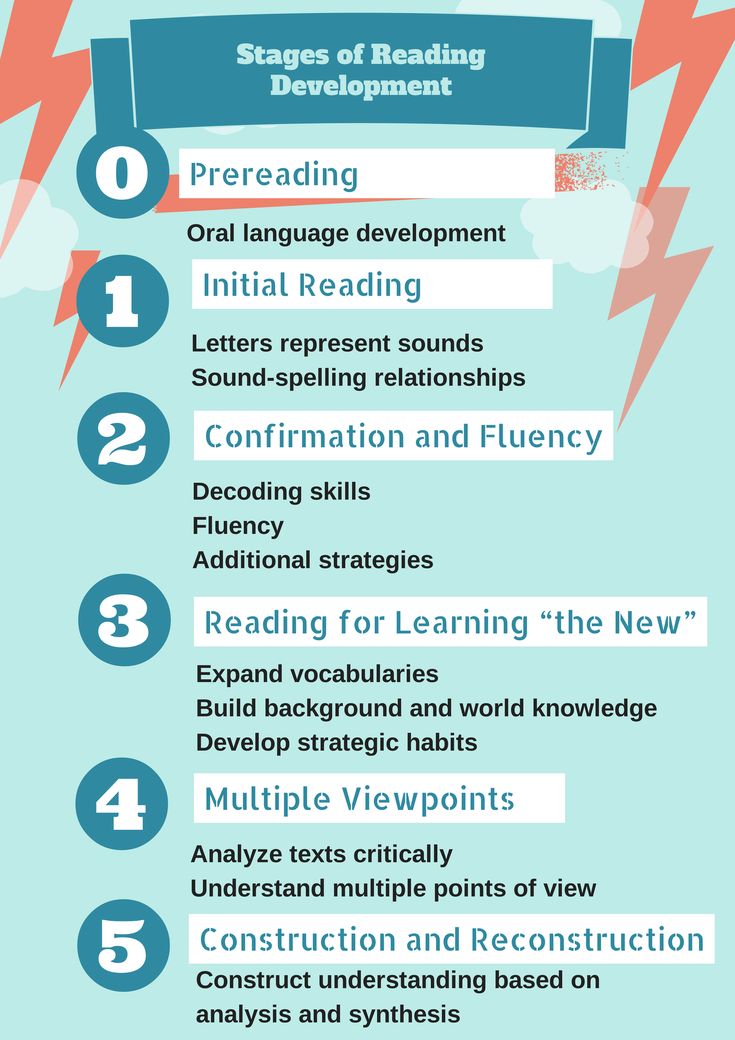
3. Strategy "Image of the text".
Task: check your assumptions. Based on the words taken from the text, try to make a short plot story. The title of the story is given.
4. Strategy "Battery of questions".
Task: make up questions to the text according to the title, according to the illustrations.
5. Glossary strategy.
Task: look at the list of words and mark those that can be related to the text. When you finish reading the text, go back to these words and look at their meaning and the use of words used in the text.
6. "Competing with the writer" strategy.
Task: try to predict the content of the book by looking at the illustrations. One student offers his version, the rest complete it.
7. Strategy "True and False Statements".
8. Strategy I know, I want to know, I have learned.
Strategy I know, I want to know, I have learned.
Stage 2 - stage of text activity.
The purpose of is to understand the text and create its reader's interpretation, summarizing part of the read text, asking questions of a general nature, making assumptions about the further development of the plot and the role of characters in the composition of the text, etc.).
The main task of is to ensure the full perception of the text. The main strategies at the stage of text activity are dialogue with the author, commented reading.
1. Strategy "Reading in a circle". The text is read in turn (each "circle member" reads a paragraph). After this, a stop follows: everyone asks questions to the read passage. If the question cannot be answered (it does not correspond to the text), then the question is considered incorrect. * All correct questions can be recorded.
2. Strategy “Reading to yourself with questions”.
3. Strategy “Reading to yourself with notes. (Insert)" . Marginal notes: + - knew; - - new; ? - Interesting; V is unclear. Others are possible: B - question; O - answer; Z - I know; N - new; And - interesting; X - I want to know; C - ask; U to clarify.
4. Strategy "Reading with stops". Reading the text with stops, during which tasks are given in the form of questions: some are aimed at checking understanding, others - at predicting the content of the next passage.
5. The strategy "Pose a problem - offer a solution." Remember what problems the heroes of the work face (the problem is formulated and written in an oval). Next, the children can name several problems, students are divided into groups and offer all kinds of solutions to problems.
6. Strategy "Creating a question plan". The student conducts a semantic grouping of the text, highlights the strong points, divides the text into semantic parts and titles each part with a key question…….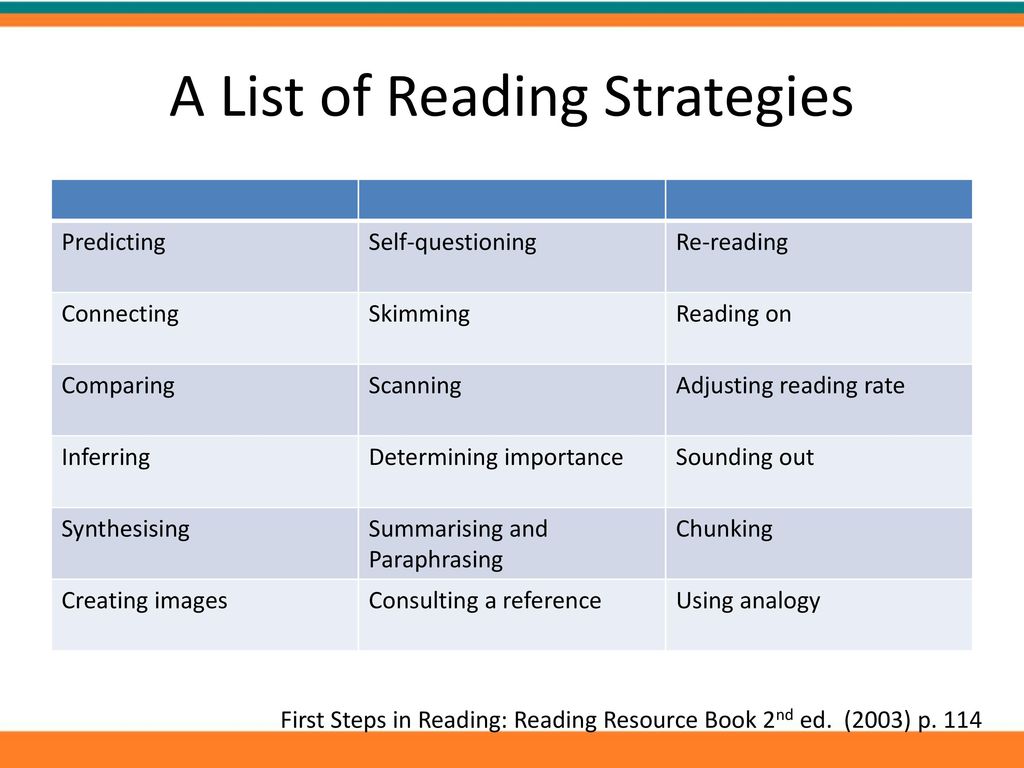
Stage 3 - the stage of post-text (post-text) activity.
The purpose of is to correct the reader's interpretation in accordance with the author's meaning.
The main task of is to provide in-depth perception and understanding of the text, raise a question to the text as a whole, followed by a conversation, the result of which should be an understanding of the author's meaning. Re-addressing the title, illustrations, performing creative tasks.
2. Question tree strategy Crown – what? Where? When? Barrel - why? How? Could you? Roots - how to relate the text to life? With current events? What is the author trying to show?
3. Strategy "Bloom's Cube" (Benjamin Bloom is a famous American teacher, author of many pedagogical strategies = technician).
The beginnings of the questions are written on the sides of the cube: “Why?”, “Explain”, “Name”, “Suggest”, “Think up”, “Share”.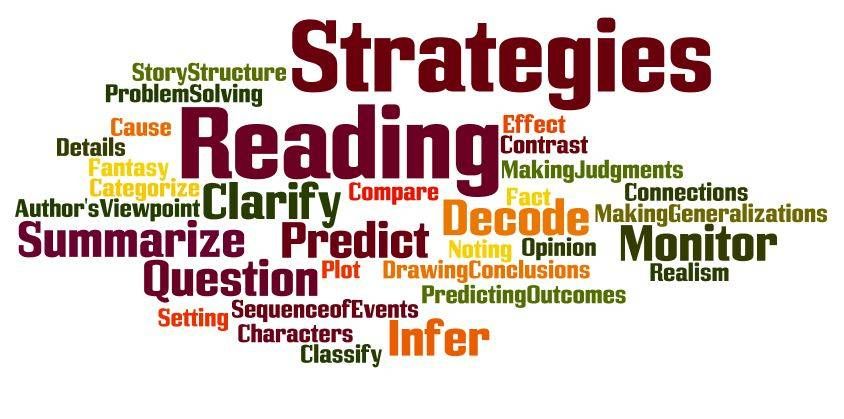 The teacher or student rolls the die.
The teacher or student rolls the die.
It is necessary to formulate a question to the educational material according to the face on which the cube fell.
The “Name” question is aimed at the level of reproduction, i.e. at the simple reproduction of knowledge.
Question "Why" - the student in this case must find cause-and-effect relationships, describe the processes occurring with a certain object or phenomenon.
“Explain ” question – student uses concepts and principles in new situations.
All of the above strategies involve serious work with the text, its deep analysis and understanding, the organization of independent cognitive activity of students on educational material. socially moral experience and makes you think, knowing the world around you.
Technology Advantage:
1. Applicable in the lessons of any cycle and at any level of education.